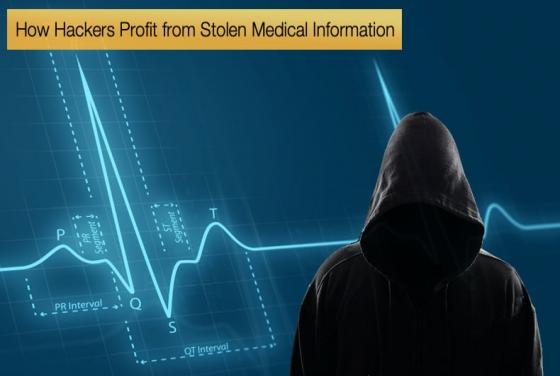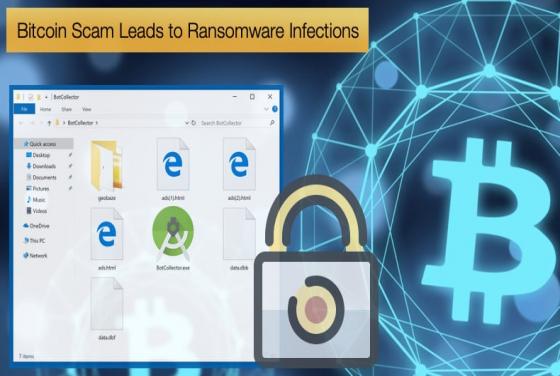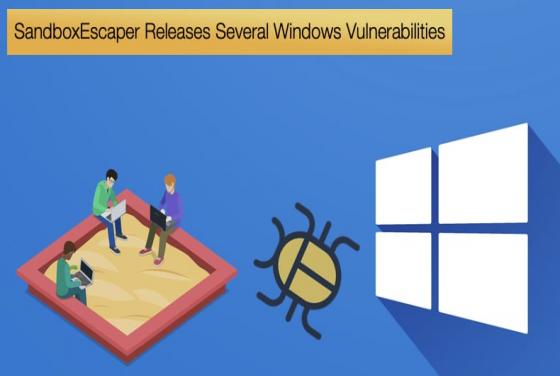

Malware Hidden in Medical Imagery
The healthcare sector has come under increasing fire over recent years. This fire was caused by numerous cybersecurity incidents, from breaches to malware infections affecting critical service delivery. Now the US Department of Homeland Security’s National Cybersecurity and Communications Integratio








